Herb Ringer came west in 1939, He traveled across almost the entirety of the continental United State —, from Ringoes, New Jersey to Reno, Nevada. Though he was excited to see this new desert country, his heart was grieving. After months of agonizing, Herb had decided to divorce his newlywed wife. But this was 1939, divorce was still a scandalous and even complicated ordeal. And so Herb made the painful decision to leave his hometown of Ringoes, New Jersey, and his marriage and travel by car, to the “Divorce Capital of The World.” Nevada state law made divorce a relatively simple process. And better yet, it would be thousands of miles away from the prying eyes and gossiping tongues of his New Jersey friends and family. For Herb, he preferred to share his sadness alone.
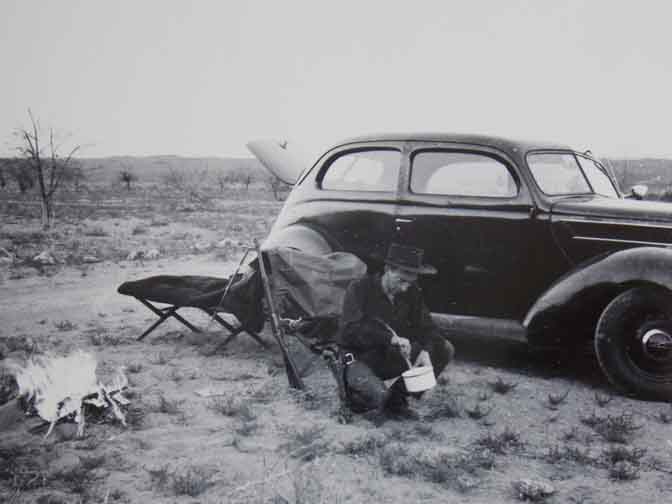
In a meticulously documented journal, that Herb would maintain for years, he wrote:
“Left home at 6 A.M. May 30, 1939. Decoration Day. Through Frenchtown at 6:30. This was 19 miles from home. En route near Groton, I saw a deer which ran across a brushy field to within 200 feet of the car, before it turned and fled back toward a woody section.”
It took him six days to reach Reno and “2905 miles” to be exact. Herb most likely didn’t know it when he pulled away from the family home in New Jersey, but his trip would ultimately prove to be the seminal moment of his life. At the time, the failure of his marriage had been devastating to him, and he had no plan to stay in Reno, once the divorce was settled. But once there, he could barely bring himself to leave. And he didn’t. After three transcontinental trips in 22 months, Herb moved to Reno and, on that last trip, he brought his parents with him. They were both old and living marginal lives; Herb was determined to take care of them. But he “longed for the Western life.” And he lived it.
On his first trip west, Herb traveled across the Great Plains of Nebraska, to Wyoming and northern Utah, and finally across the Great Basin of Nevada to Reno. He had heard that many of the Colorado passes were still snow packed and dangerous, even in early June. But more than a year later, he was able to see the state that would become “the most perfect place on Earth.” Herb wrote extensively about those early journeys, stopping each night to record his impressions on lined paper with a fountain pen (His penmanship was impeccable!). Here is a long entry from one of those “westbound” trips…
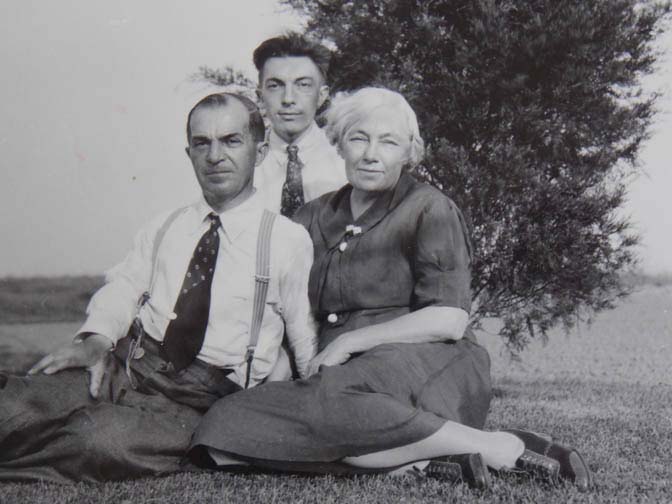
“Drove south from Colorado Springs through farming country and ranch land…Immediately after leaving the city we could see the majestic Pikes Peak pushing its snowy doom (sic) far into the heavens, now steely blue with great rolling white clouds marching slowly across the sky. The mountains, down to within a thousand feet of Colorado Springs with a white blanket of snow, with Pike’s Peak towering over these masses of mountains like the true guardian of the Rockies…
“From Pueblo, struck westward, driving over rolling rangeland which gradually took on a more rugged appearance, cut by arroyos and small canyons. On our south, but at a much greater distance, we could see the snow capped peaks of the mighty Sangre de Cristo range, laying far to the southwest.”
Herb would return to Colorado scores of times over the next half century. He photographed and documented every town or ghost town he came across. He would, over the years, draw a detailed series of maps, to scale, of the mining towns that were, even in the Fifties, fading into history and dust. In addition to his photographs and these amazing maps (…and I plan to publish at least a good sampling of them soon), he would often spend his winters just thinking and dreaming of Colorado. As he and his parents weathered the Reno winter, he wrote his own histories of many Colorado towns and mining districts, often depending on his own extraordinary memory. His facts were rarely wrong.
But visually, there is nothing Herb Ringer accomplished that was more impressive, or insightful, than his remarkable Kodachrome transparencies. Below is just Volume 1 of a series of Colorado towns and its people, that he was wise enough to photograph, and I was lucky enough to inherit…
NOTE: Herb labeled many of these color slides in the last four years of his life. In 1994, he discovered he was suffering from macular degeneration and that he would lose most of his eyesight within a few years. He dedicated himself to labeling thousands of these photos, even as his vision blurred. Later, when he could no longer see, I would visit Herb at his last home, the Smoker trailer in Fallon. I’d describe the photos to him, Herb would close his eyes and like a light bulb inside his head, he’d smile and say, “Oh yes…I remember that one.”
Every once in a while he mislabeled the images and Zephyr readers have often caught the errors. If you see something mislabeled, let me know and I can make the corrections online. But it rarely happened. His memories outlasted his eyesight. We are all lucky to share in those memories now…JS
THE SMALL TOWNS & BIG COUNTRYSIDE OF COLORADO
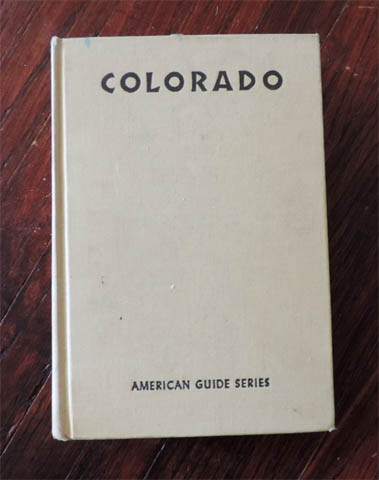
These are all 35mm Kodachrome transparencies and 2 1/4 slides, taken by Herb between 1946 and 1971. To add more context to these pictures, I have included excerpts from Herb’s copy of the WPA Writer’s Guide to the States. During the Great Depression the federal government had sought to create employment for the country’s writers, photographers, and artists. One of its best efforts was this series. It was “compiled by Workers of the Writers’ Program of the Works Progress Administration. Herb had purchased copies of all the western states, including the State of Colorado. Its edition was called:
COLORADO: A GUIDE TO THE HIGHEST STATE
Eventually the Writers’ Guide Series would include all of the continental 48 states. In addition, the WPA produced books that featured U.S. Territories like Alaska, and many smaller editions that featured the country’s major cities. The first editions were published in 1940. The guides were a great success, and more editions were produced and sold over the next decade or more. His copies were among his most prized possessions; on my last visit to see Herb, just weeks before his death on December 11, 1998, he gave me his entire collection, along with the remainder of his photographs and perhaps his greatest treasure, his father Joseph’s personal journal, which he maintained until his own death from cancer in 1963. Today, they are as cherished by me, as they were by my buddy Herb…
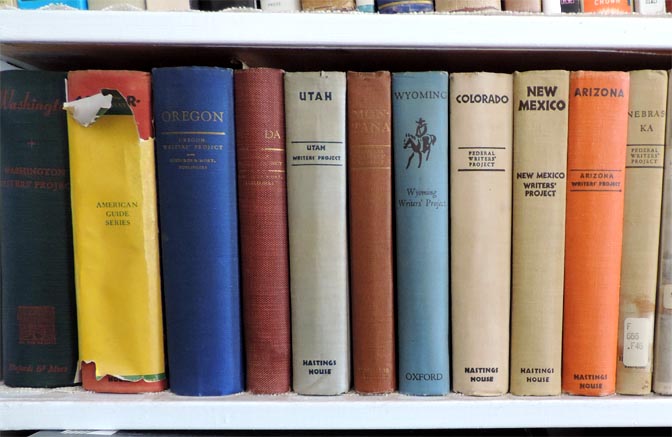
And one more thought. The captions on these images are, when noted, taken directly from Herb’s captions that he added to many of the Kodachrome transparencies……Jim Stiles
Volume #1
CHEYENNE CANYON, NEAR COLORADO SPRINGS…1957
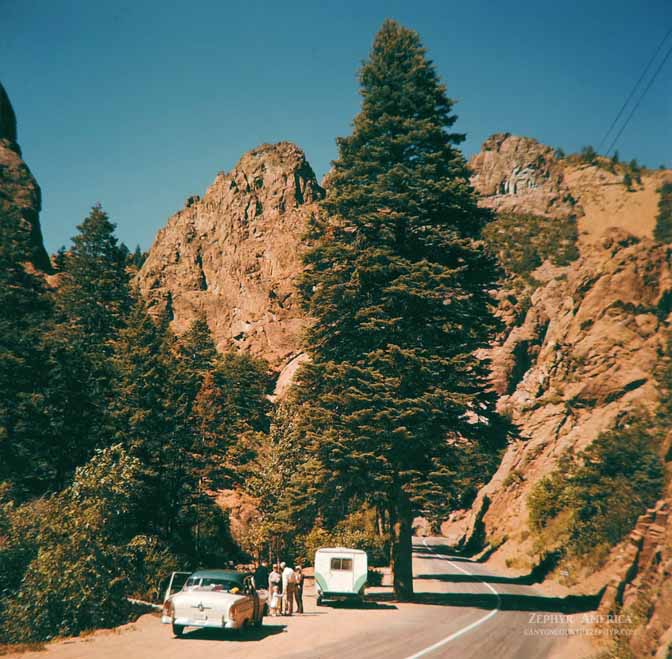
IDAHO SPRINGS, 1950
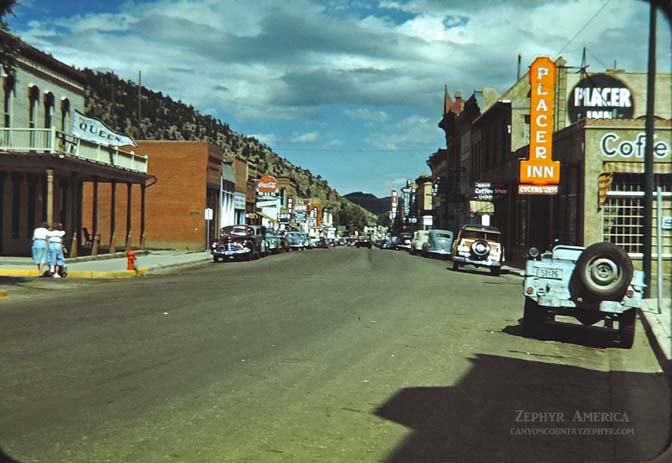
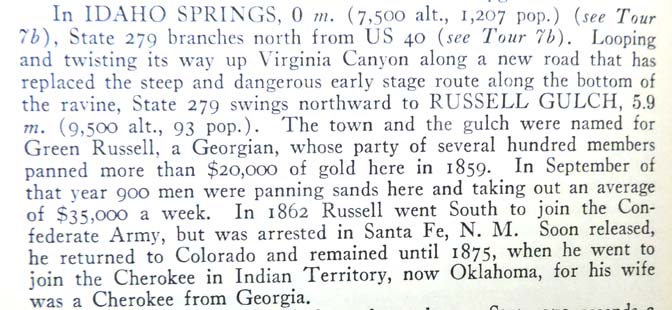
RABBIT EARS PASS…1950
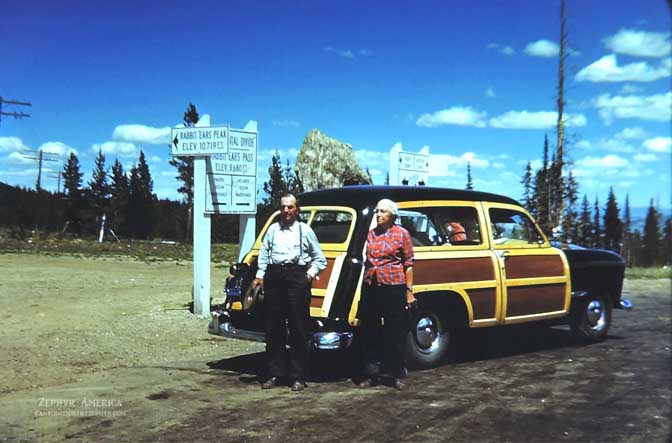
LEADVILLE, COLORADO…1957
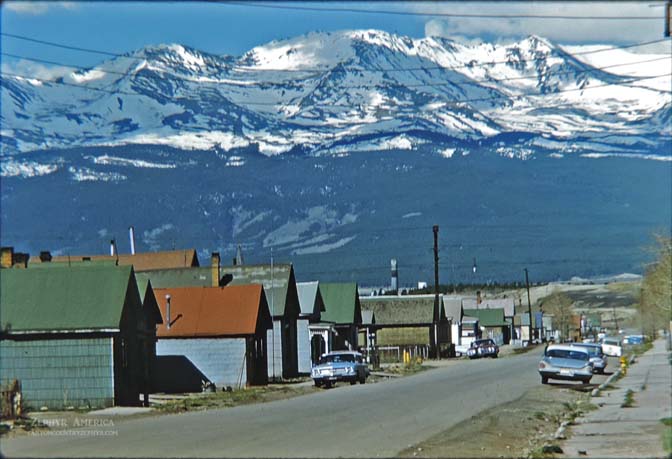
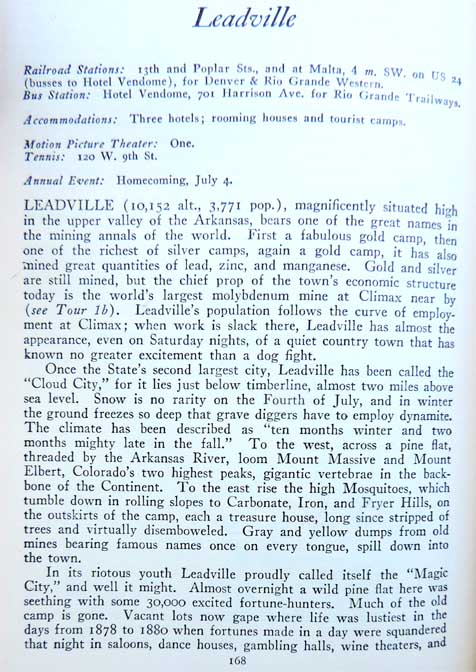
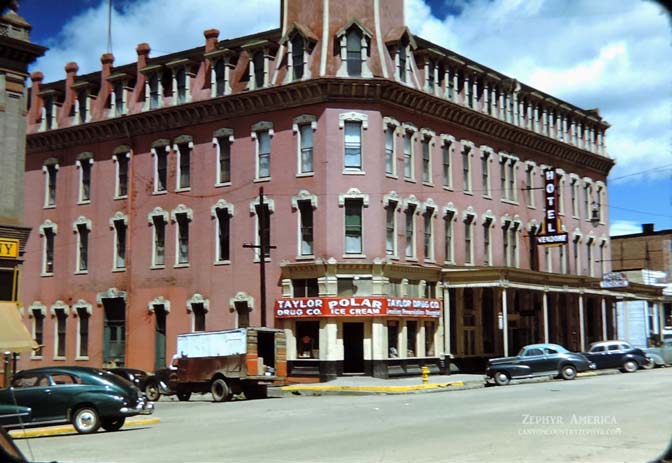
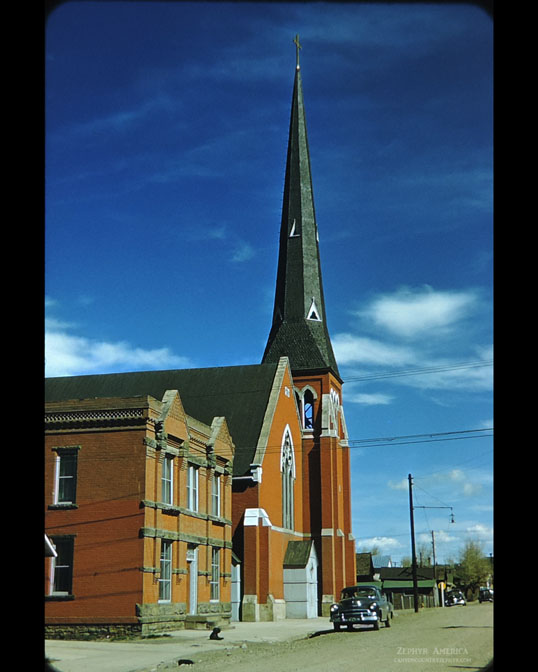
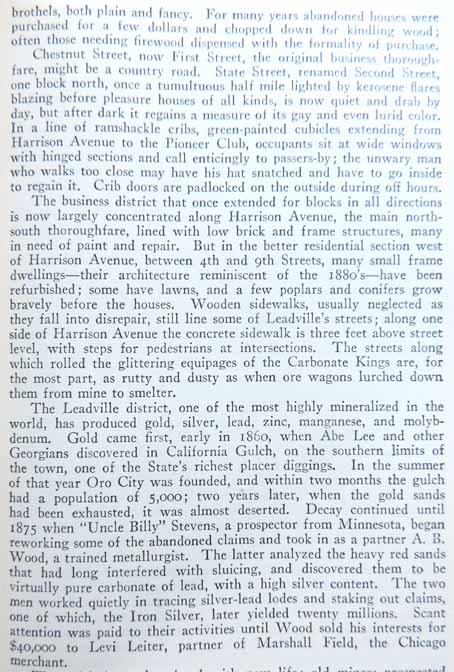
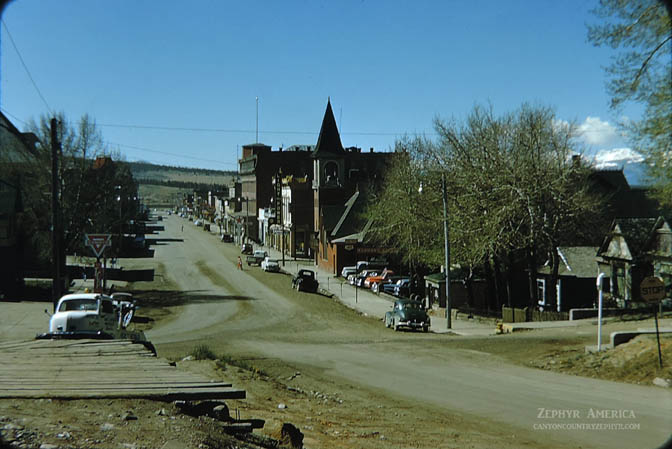
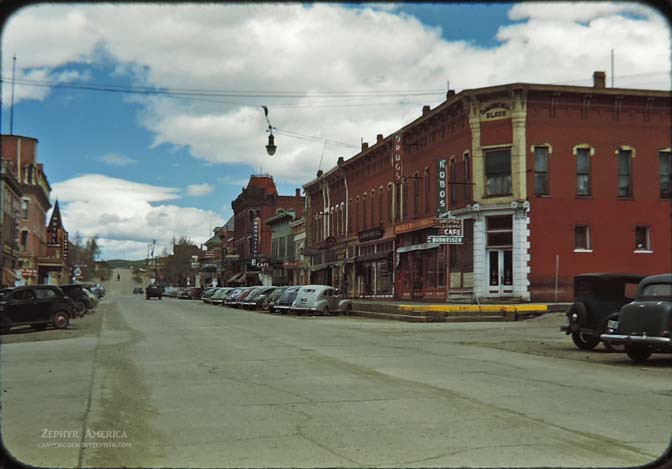
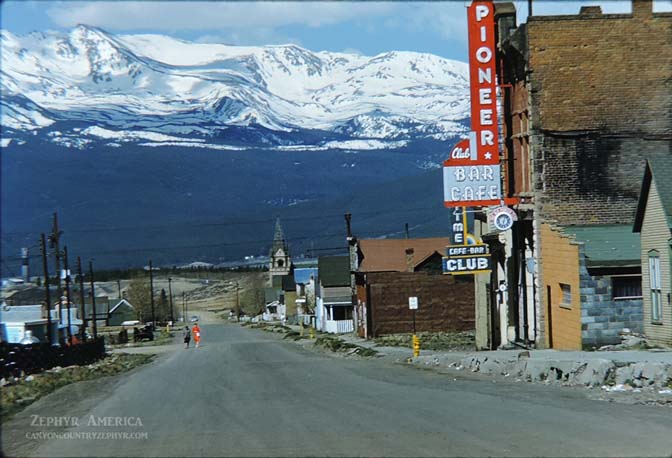
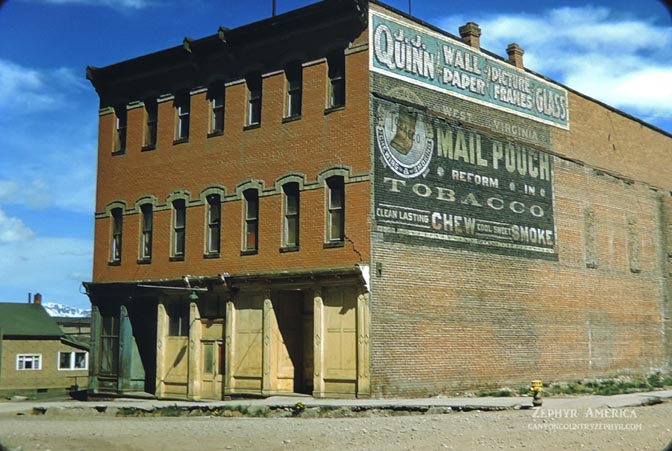
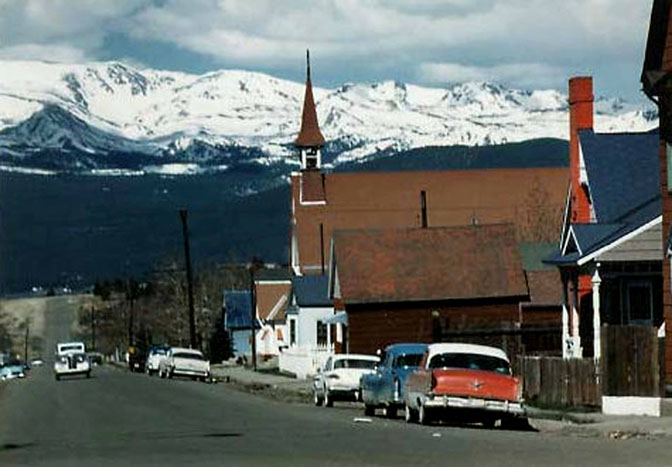
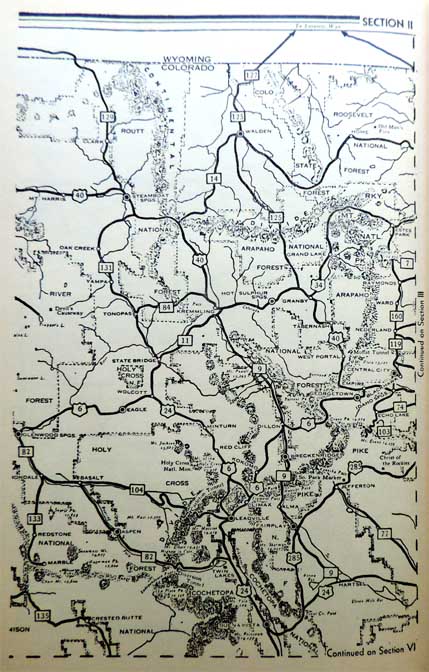
SILVERTON…1948
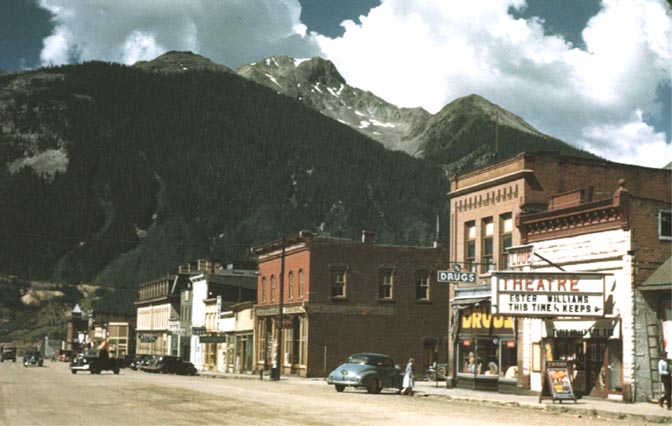
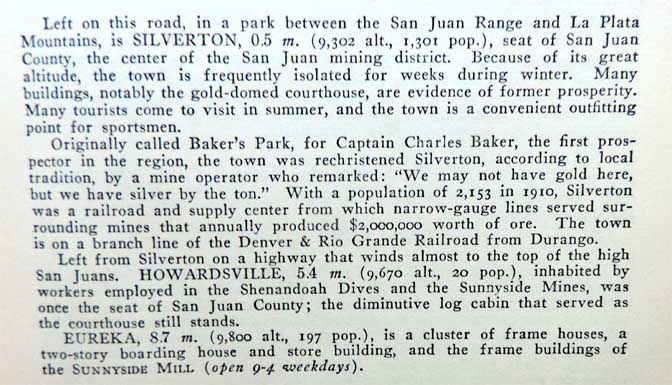
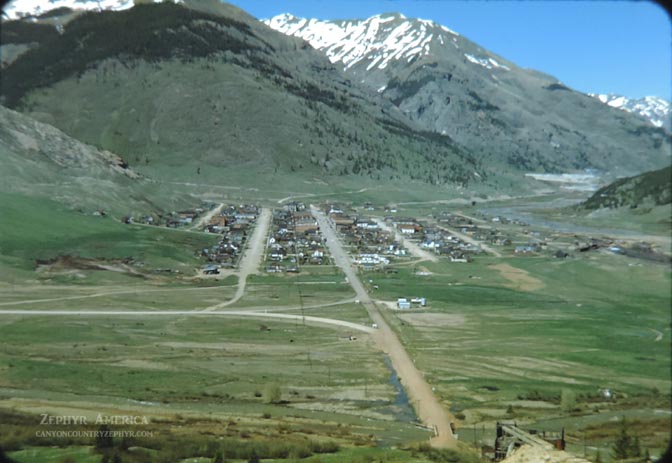
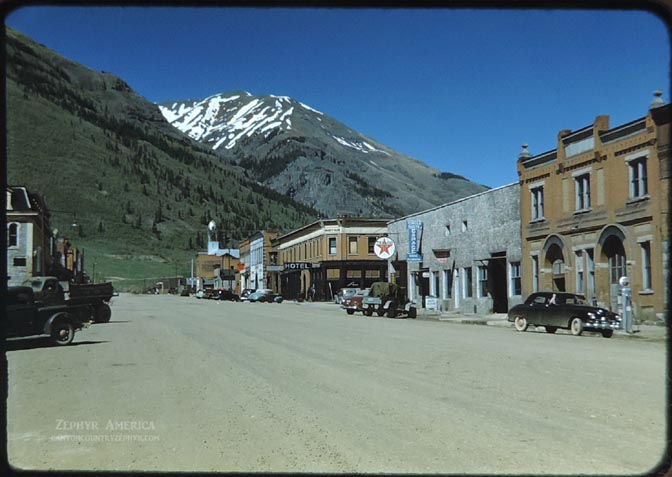
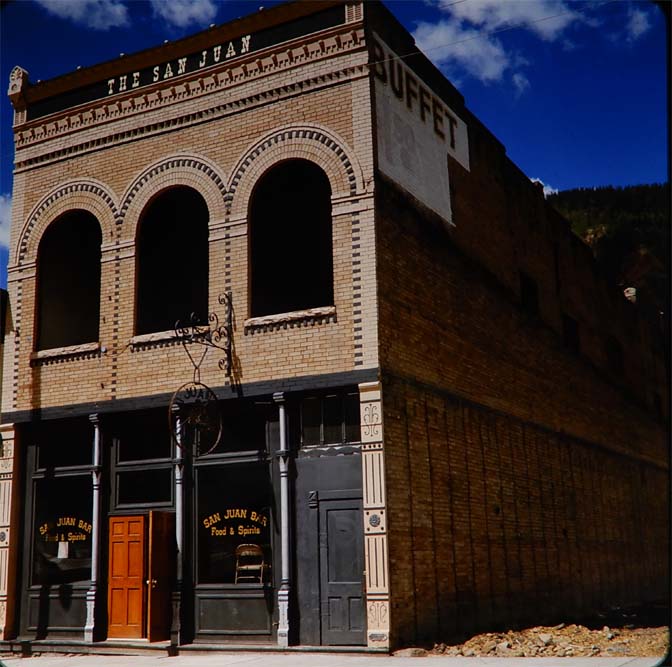
TWO VIEWS of FREMONT PASS…1948 & 1954
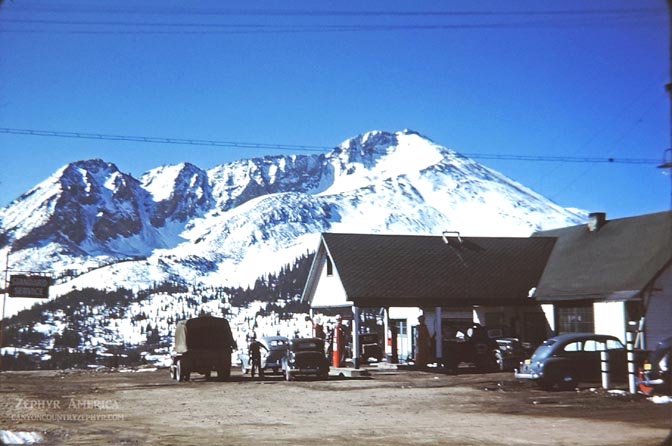
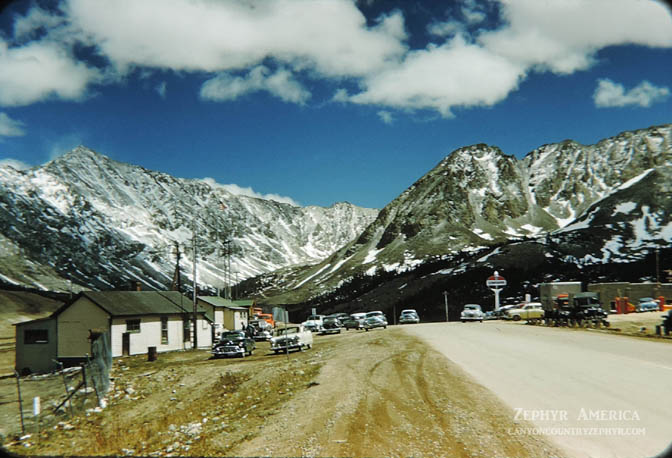
CAMPING NEAR GEORGETOWN, COLORADO…1948
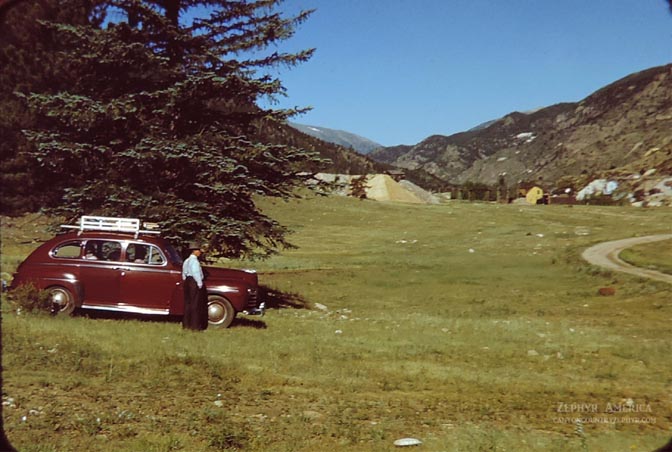
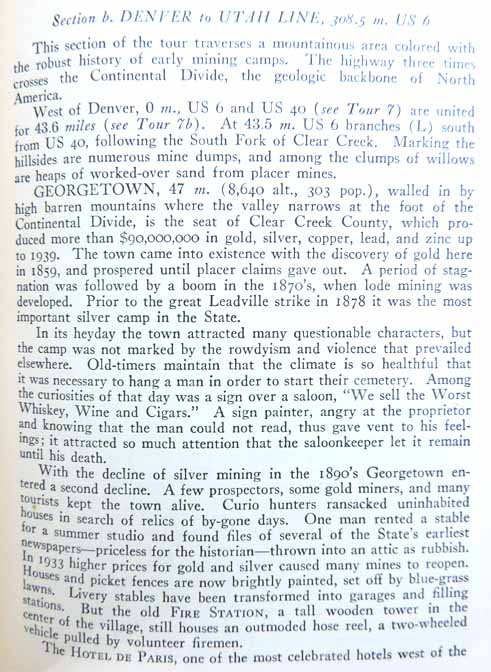
ANTONITO, COLORADO RIO GRANDE DEPOT…1948?
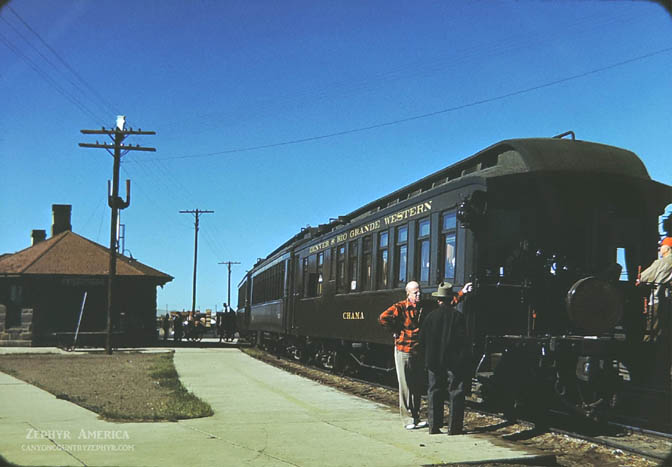
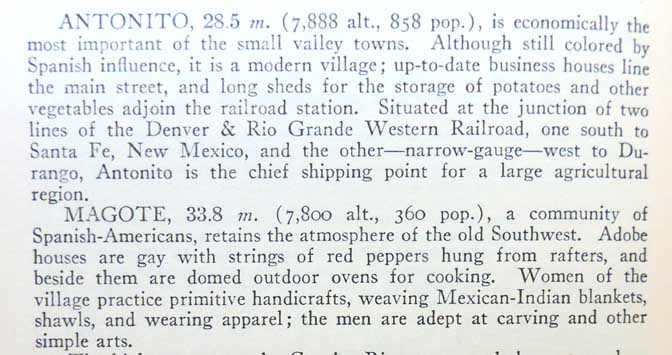
BLACKHAWK, COLORADO…1948
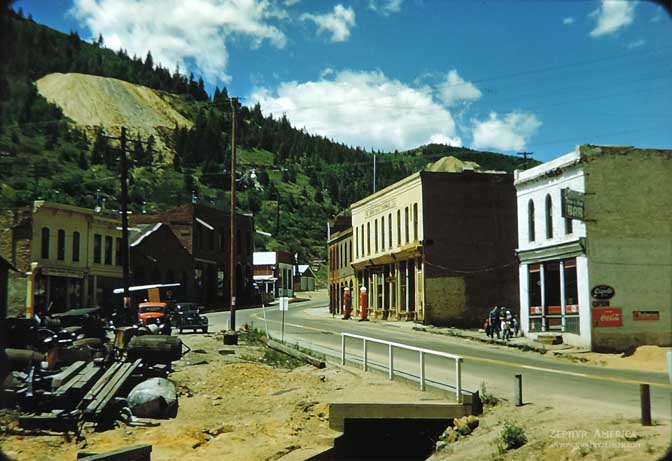
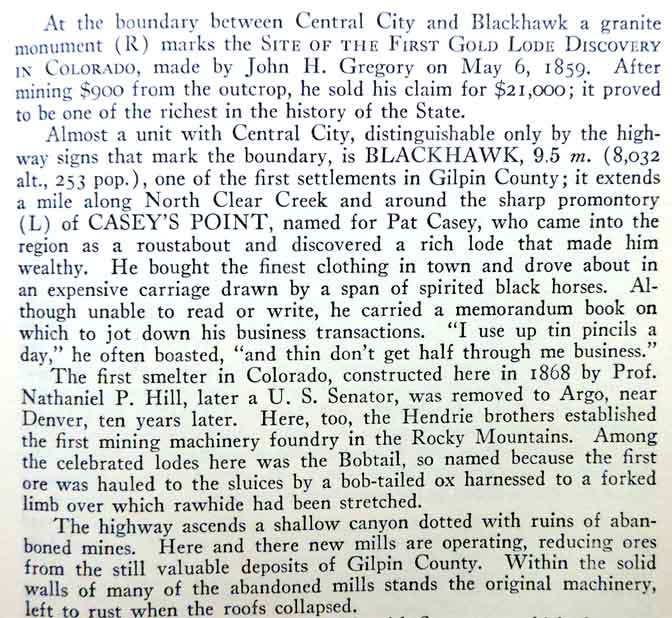
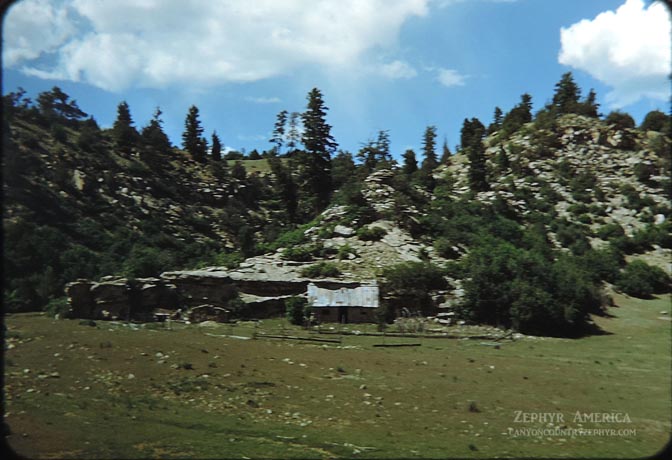
Herb doesn’t include a location for this photo. Does anyone remember this, or know where it might be?
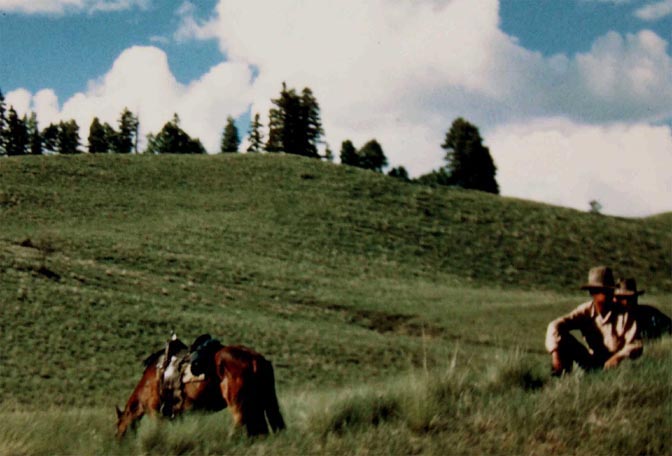
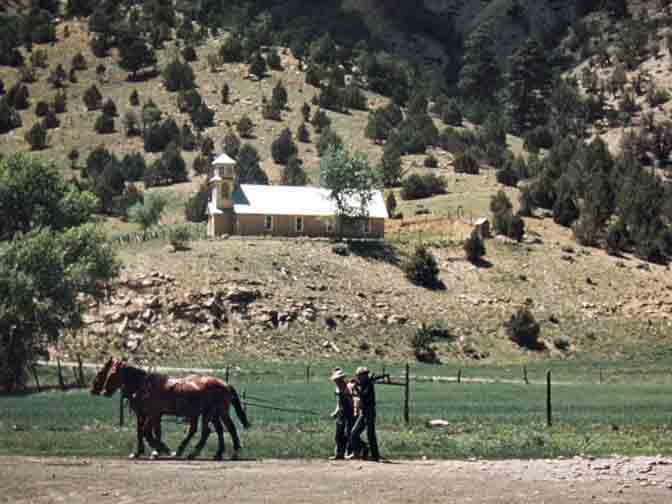
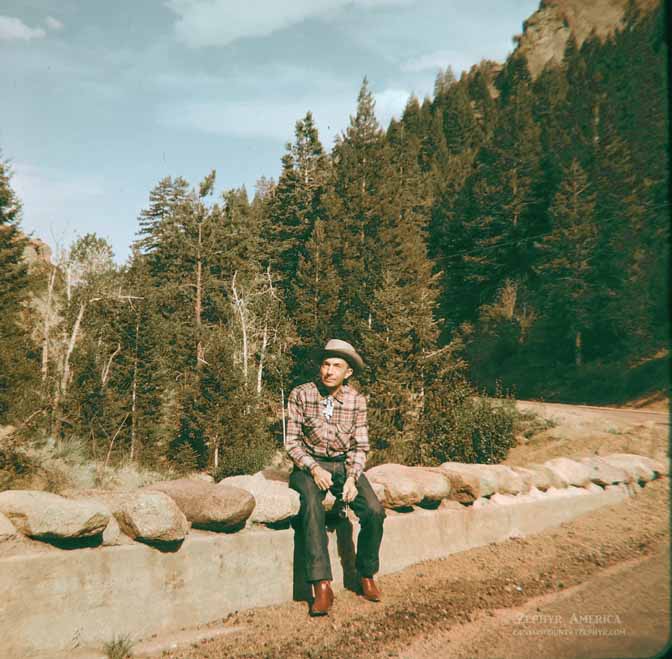
TO COMMENT ON THESE REMARKABLE KODACHROME IMAGES BY HERB RINGER, PLEASE SCROLL TO THE BOTTOM OF THIS PAGE…THANKS—JS

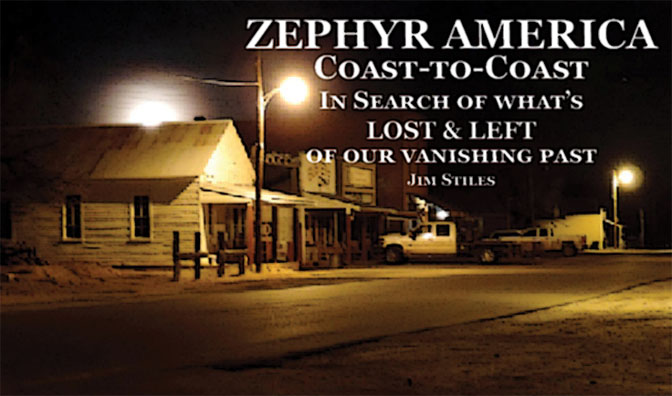
https://www.facebook.com/FansoftheCanyonCountryZephyr/

And I encourage you to “like” & “share” individual posts.
Why they can’t just leave the site alone is beyond me,
but that’s what Facebook likes to do.
ALSO NOTE: I post old photographs and stories from our 25 year old archives every day. Pictures from Herb Ringer, Edna Fridley, Charles Kreischer.. even a few old photos from my Dad. So if you want to stay caught up on our historic photo collections,
be sure to “follow” us on Facebook…Thanks…Jim
https://www.facebook.com/FansoftheCanyonCountryZephyr/
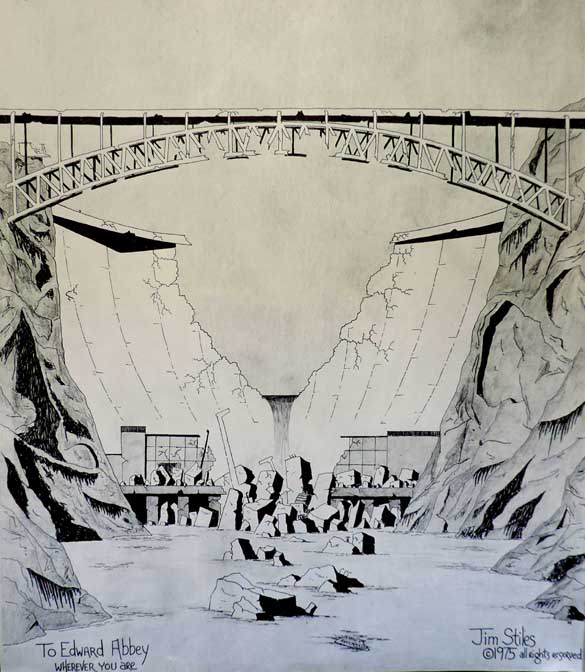
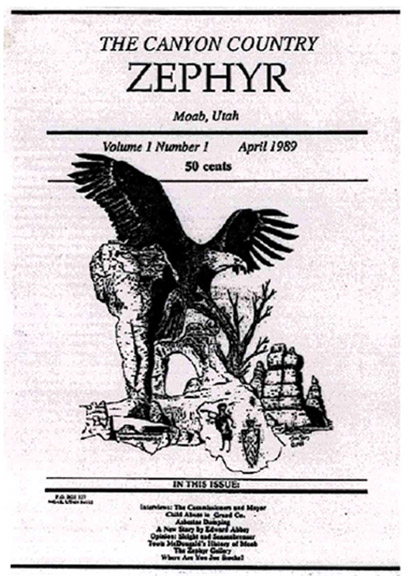
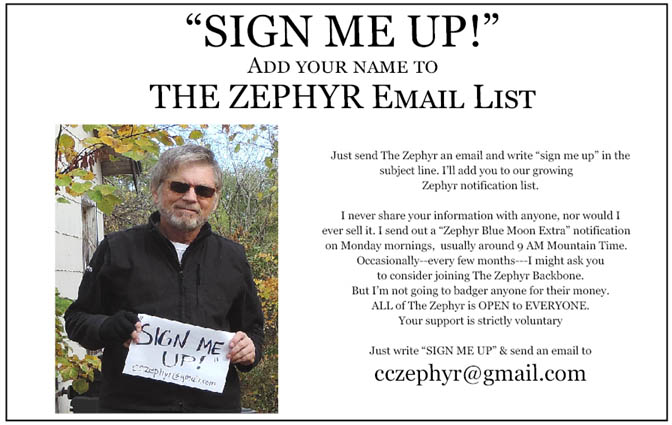
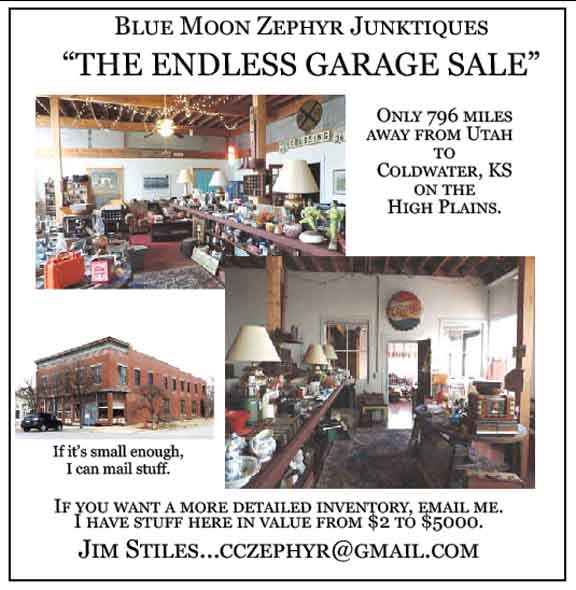
https://www.facebook.com/profile.php?id=100086441524150
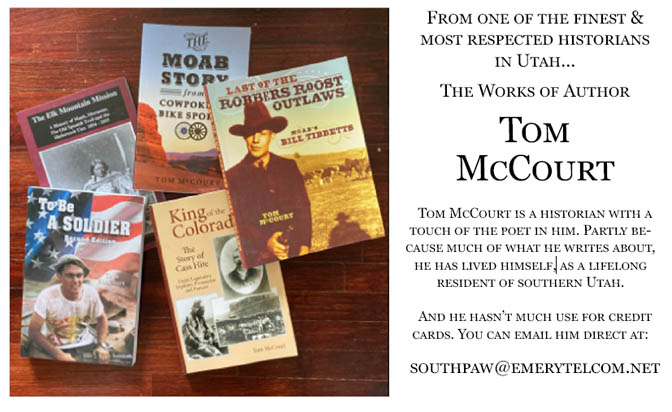
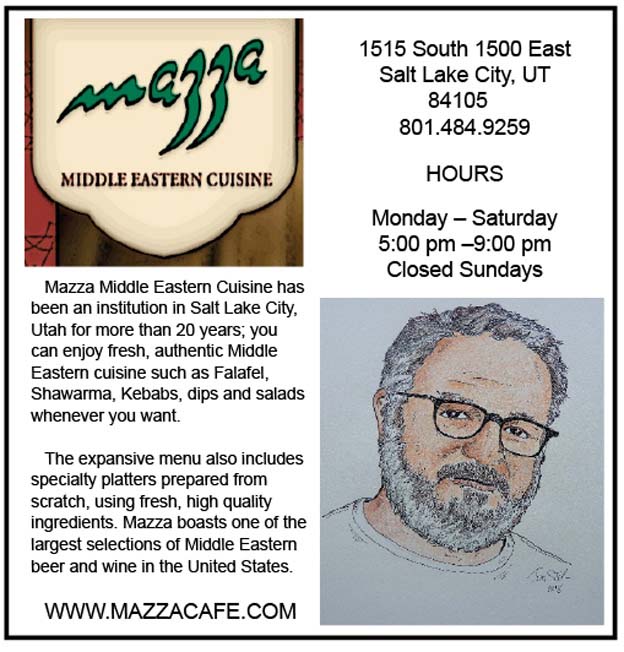
And check out this post about Mazza & our friend Ali Sabbah,
and the greatest of culinary honors:
https://www.saltlakemagazine.com/mazza-salt-lake-city/
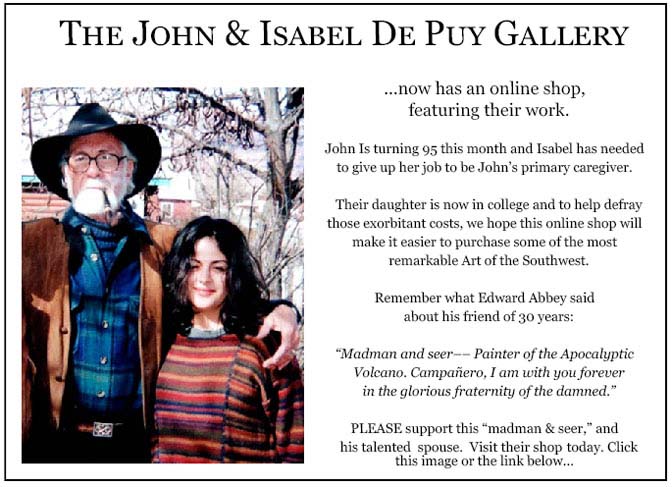
More than six years ago, The Zephyr, me & four other individuals were sued for defamation by the former Moab City Manager. Faced with mounting legal bills, my dear friends John and Isabel De Puy donated one of John’s paintings to be auctioned.
ALL the proceeds went to our defense.
Thanks to them, our bills were almost completely covered.
Now I’d like to return the favor. Check out the link below and their online shop… JS
https://www.depuygallery.com/shop.html

And once more, now that you’ve read the latest Zephyr Extra and waded through the ads, please take a minute to comment. Thanks for your support…. Jim Stiles

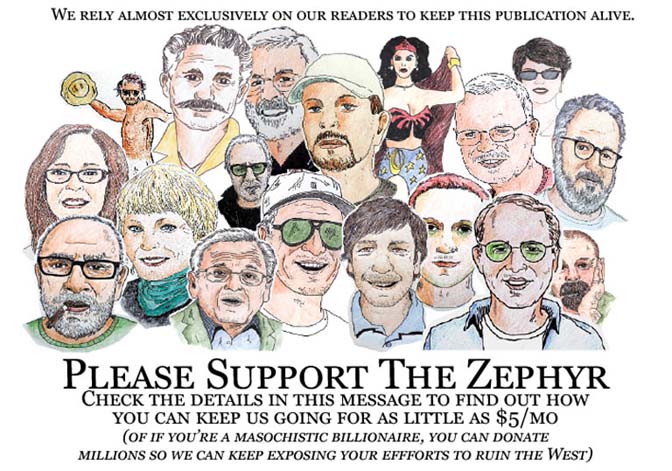
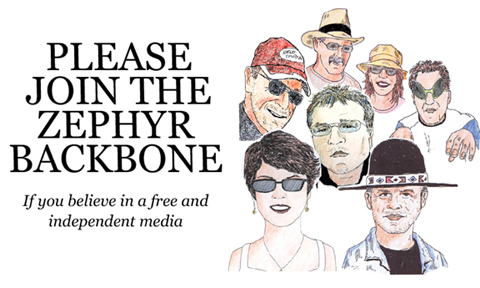
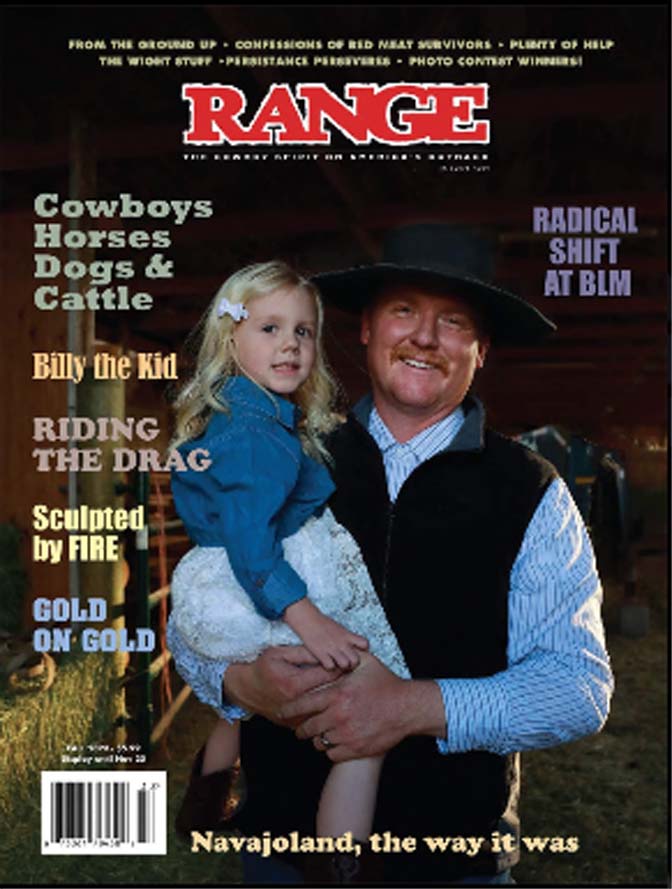
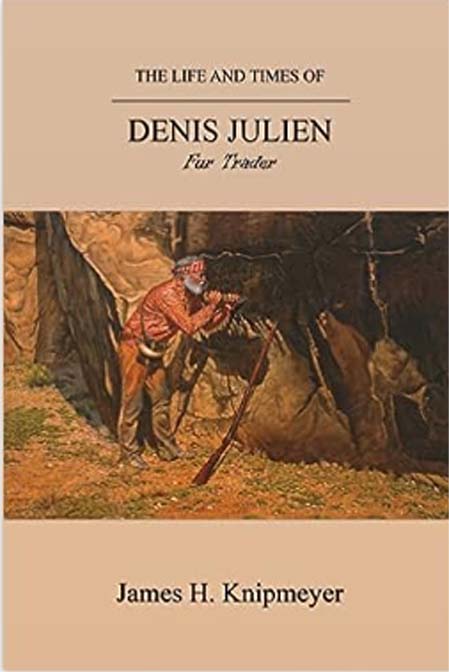
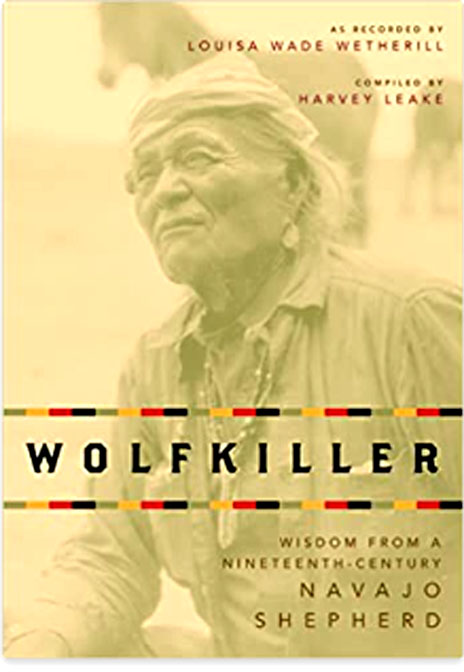
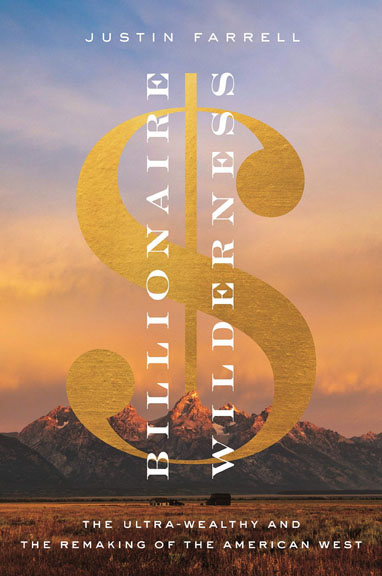
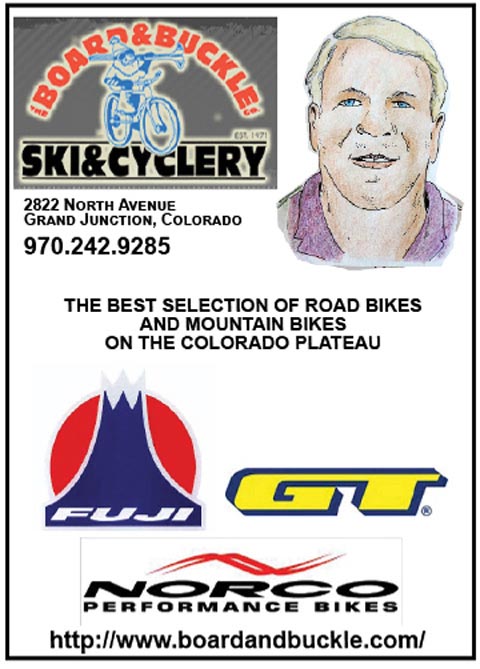
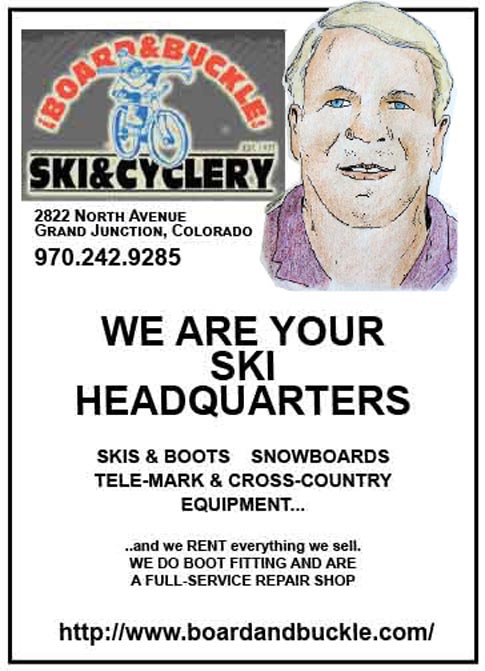
It makes me nervous just to imagine what would have happened to Herb’s history in words and photos had the two of you not become friends. He placed them in the very best hands for bringing them to light and to those who appreciate them. I study his photos and marvel at them. As always thanks for the share Jim.
Thanks Dave. I wish Herb could see how many people still remember him and his wonderful contribution to history and to the future too. For those who still cherish the past. Take care. I should call you sometime. Jim
Ringer’s photos and archives are a national treasure. Thank you for caring for them and sharing them with those of us who love the West and treasure 20th Century history.
Thanks Marjorie. I’m still trying to find a good home for these collections after I’m gone. I’ve received a couple inquiries from universities but want to be sure they continue to be shared with the public
I don’t want winding up in a file cabinet or box.
once again you’ve mesmerized me with these awesome pictures, their colors so bright and new looking! What a treasure with those films Herb’s journals, and his Dad’s, plus that WPA collection of books in such great condition! Thanks for sharing it all with us semi historians! donna Andress
The Annunciation church in the one Leadville photo is where my great grandparents and grandparents (on my moms side) were married. My mom was baptized there.
That’s a great story. We’re there any photos taken of the wedding? Or of the baptism?
Thanks so much for preserving this valuable Colorado history!
awesome photos! Some places not changed all that much (at least visually), others completely transformed. I noted that the Colorado map doesn’t yet show any roadway over what would someday be called “Vail Pass”. I wonder if Herb’s identification of Mt. Elbert in a side-street Leadville photo isn’t actually Mt. Massive? Leadville’s east-west thoroughfares, I think, would be pointing to Massive, not Elbert which is to the southwest. Couldn’t say with any semblance of Cartesian certitude, though.
Having lived in Denver for 14 years and traveling often to the high country, your supposition that the mountain labeled Mount Elbert is actually Mount Massive is probably correct.
Thanks for the update from both of you guys.
Thanks so much for preserving and sharing these wonderful historical photos!
Jim, I have been reading most of your posts but I haven’t commented in awhile, and that’s a mistake on my part.
This is just the latest remarkable installation of your guided tours in Herb Ringer’s Time Machine.
So grateful this collection ended up in your hands. Thank you for taking us along.
Thank you Jim for sharing these. I shot a few rolls of Kodachrome on a motorcycle trip through the deserts of California, Nevada and Arizona. There was nothing like the colors from that film. Sadly I still had 2 or 3 rolls undeveloped and I didnt realize that the last place to get it developed was shutting down the process (Dwaynes Photo in Parson KS), Anyway thank you for saving these from a dumpster, I have taken slides from a few estate sales for free and saved them as there is just something wrong with discarding them. Of course when I’m gone my kids will toss them anyway. Such is life.